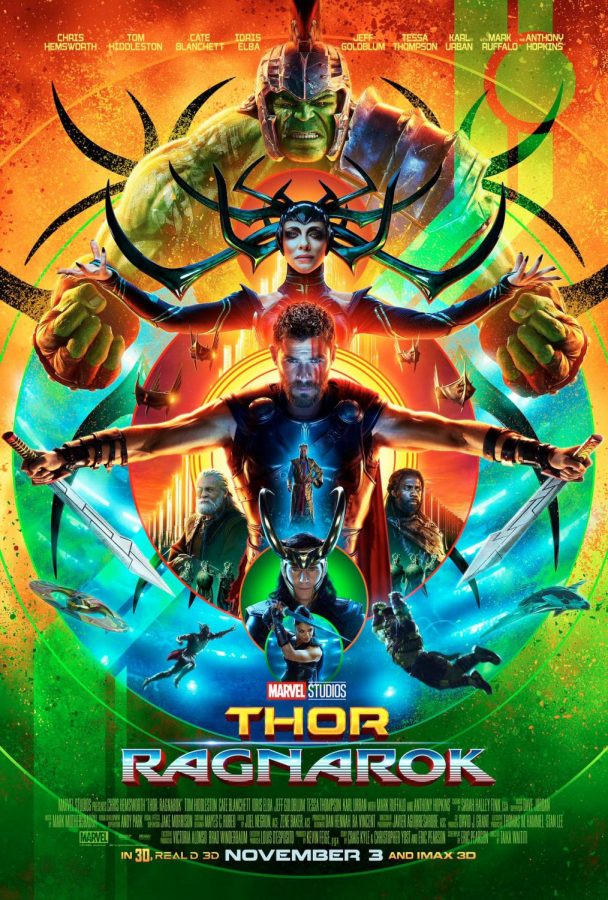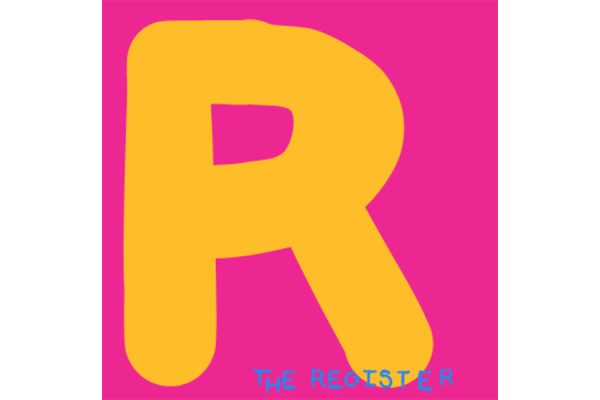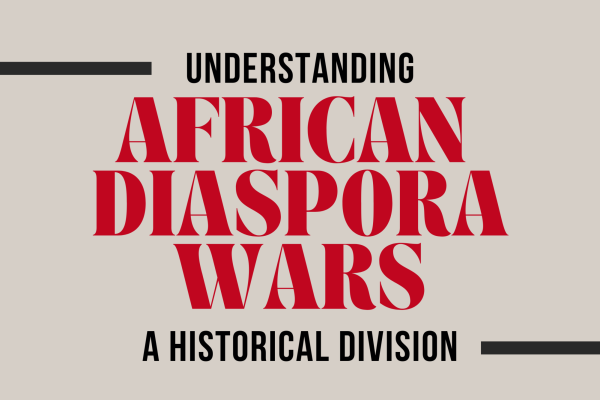“Thor: Ragnarok” and Relatability Culture
December 21, 2017
Everyone who went to see “Thor: Ragnarok” noticed how different it was from previous “Thor” and “Avengers” movies–more specifically, how different the eponymous character himself seemed. Rather than a stoic, blond-haired do-gooder whose misunderstanding of modern culture would have grown old if his speaking time had exceeded a movie-wide total of three minutes, Thor in the third installment of his saga was funny, awkward, and a more realistic depiction of an average person, despite his status as A Perfect Norse God.
Now, this change in the sense of humor of the movie was a double-edged sword. On the one hand, it seemed a little out of character for the Thor we’ve seen in previous movies. His entire attitude and demeanor were altered, which was hard to swallow. I also couldn’t help feeling that it was slightly overused. In one scene, Thor gets hit in the face when he attempts to smash a window and the projectile instead rebounds. Every Marvel/Avengers movie has a few such moments, but in “Ragnarok” there were many, and after several times they felt like a try for a cheap laugh, like a fart joke but in the context of a movie about a Norse god whose awkwardness had questionable legitimacy under the circumstances.
On the other hand, however, it was funny. It got laughs. It got sympathy, empathy, every word in the book that ends with ‘pathy’ (well, not ‘antipathy’ or ‘apathy,’ but all the positive ‘pathy’s). And, most importantly, it fed the souls of today’s consumers in a culture that seems to value relatability over success.
But wait, what? you might be asking (or, who knows, perhaps you’ve taken that apathy the audience left behind and jetted the heck out of the opinion section). How can we value relatability over success? Success is…well, success. Relatability is a mere consolation prize. Right?
Question all you want, but don’t tell me you haven’t noticed that what we focus on now is not celebrities’ perfection, but their intrinsic human attainability. The things that make them just like you and me. New stars like Jennifer Lawrence who are human! and magazine covers saying you too could look like Gwyneth! and YouTubers and other social media stars who get millions of followers from #relatable content. Culture is changing. Audiences are changing. And so is all media, even huge, mainstream, multibillion-dollar franchises like “The Avengers.”
Perhaps, though, “Ragnarok”’s increased relatability, while new for its specific franchise, is not really new at all.
For centuries, the art and literature and other works that we’ve considered ‘great’ have often been the ones we can relate to, the ones that portray the innate universality of emotions and themes common to all human thought and conflict: love, pain, thirst for knowledge, hatred, kindness, cruelty, innocence, and stories about people, always people who are flawed just like us! This new culture of relatability may be just the newest stage in a long saga of people wanting to see themselves on the page, onscreen, and on the canvas. It’s just not hiding itself anymore.
These days, our society feels increasingly as though no one is who they seem. From unrealistic standards of perfection propagated by social media to distrust of previously credible mainstream news outlets and airbrushing of bodies and truths in magazines, what people want to see now is real people like them, who struggle and feel and stretch for what they want and sometimes don’t get it. We no longer want to see the sparkling superheroes who effortlessly slay monsters and stay spotless all the while. We want to relate to who’s on our screens–even if they are immortal Norse gods with ridiculous pecs. We want to be able to root for them, and if we don’t see ourselves in them we’ll never be able to.
Real, flawed people and their journeys have replaced the effortless Sean-Connery-James-Bonds of our media. Watching them grow and hurt and fail is important to us, perhaps as important as their ultimate and inevitable success, because in them we can see ourselves, and their failures make them like us, and their triumphs give us hope for our own lives and ultimately our world.
It is sometimes so hard to believe that we, as humans with so many problems and rips in our jeans and weights on our shoulders, can change the world, and maybe save it. Seeing ‘real’ people saving their own worlds makes us believe a little bit more, and that may be all we need. In this age, when we are wracked by crises of conscience and what seems like an ever-devolving, consumerist, and heartlessly polarized world, we don’t want to be perfect anymore. We just want to be human.




















































